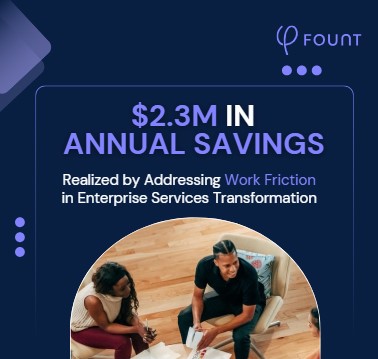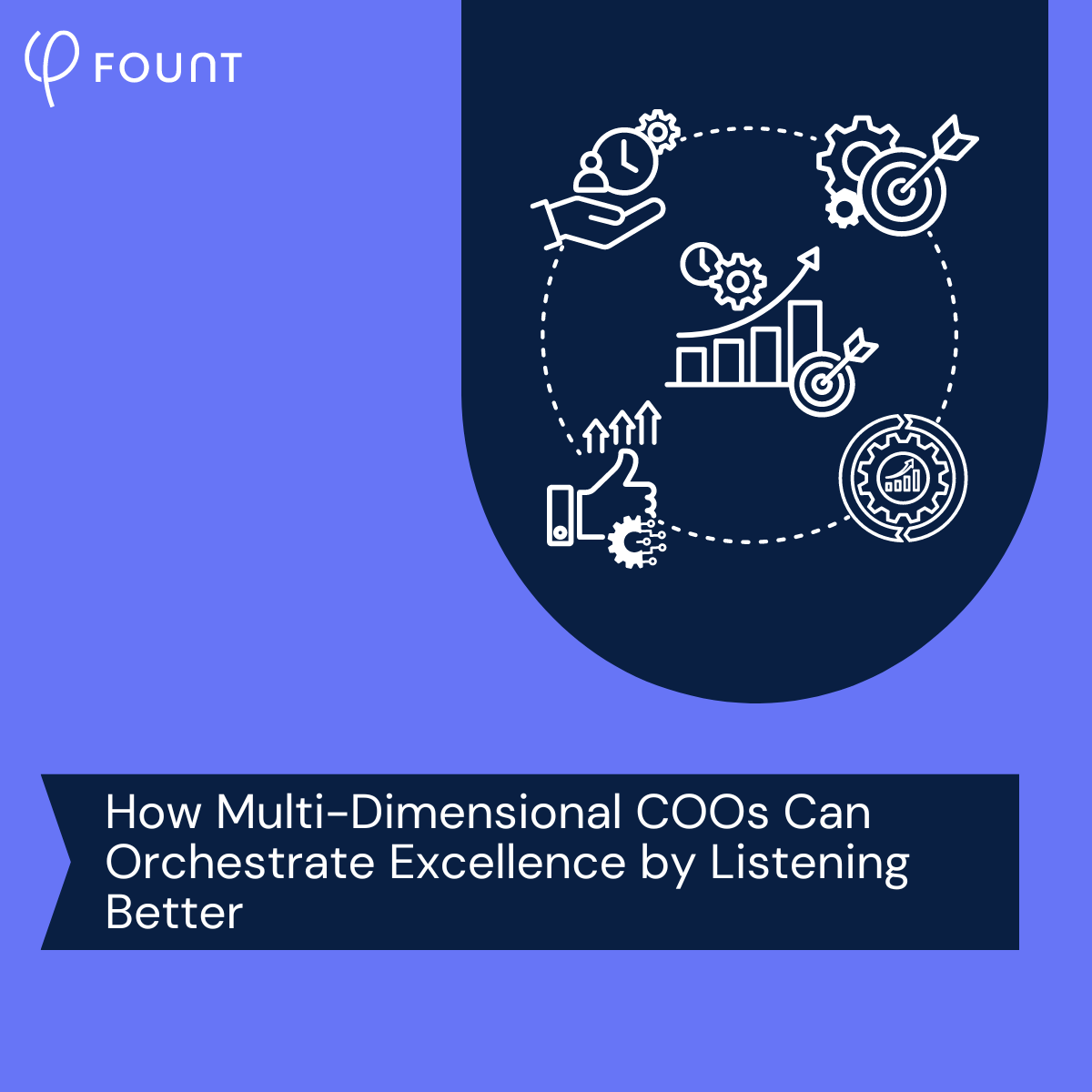Gallup’s Global Workplace Survey and the Battle for “Big E”
A summary of the details of the article will go here.
Gallup just released its 2023 Global Workplace Survey report. When it comes to survey methodology, Gallup is up there with Pew for the gold standard. And there are some genuinely interesting tidbits in this year’s whopping 99-page report, like:
- Despite all the people (usually selling something) who’d have you believe engagement is in perpetual freefall, Gallup’s data shows global engagement actually went up last year—and has in fact been mostly rising steadily since 2009.
- Despite all the claims on social of massive dissatisfaction among Millennial and Gen Z workers, there’s a mere 1% difference of engagement between employees 40 years or younger (24% engaged) and those over 40 (23% engaged)—and this negligible difference holds across Europe, the US, and Canada.
- Despite the still-spreading trend of employers calling perfectly-productive-at-home employees back to the office, exclusively remote workers are 6 percentage points more engaged than hybrid workers, who are 3 percentage points more engaged than onsite workers.
- Regional breakouts show:
- Europe is the least engaged region in the world (again)
- The US and Canada tie with East Asia for most stressed-out workforce (sigh)
- South Asian workers are apparently really, really angry (who knew?)
If you look critically at Gallup’s report, though, you’ll notice some questionable things: They equate “thriving at work” with “engaged”, “quiet quitting” with “not engaged”, and “loud quitting” with “actively disengaged”. We give props to Gallup for cleverly capitalizing on buzzwords, but we’re not convinced that “thriving” and “engaged” are the same thing. And “loud quitting” really sounds like just “quitting”—but if those employees are “actively disengaged”, they’re still employed.
Furthermore, if you read the open-ended question responses Gallup coded into “engagement and culture”, “pay and benefits”, and “wellbeing” categories, you’ll find the lines between those categories are pretty blurry. And guess which category came out most important to employees?
Because we have so much respect for Gallup’s methodological rigor, their ongoing devotion to engagement as the ultimate distillation of employee experience (EX) breaks our hearts. Engagement is so… last decade.
But to be fair, to this day, three main camps are still duking it out for ownership of Big E:
Engagement peddlers. Despite rarely having defined “engagement” (and, arguably, never having defined it well), plenty of vendors and consultants (including Gallup) are still selling engagement solutions. Nobody really knows what it is, but they know they’re measuring something, so they just keep on measuring it.
“EX” posers. Superficially converted engagement peddlers. They saw “EX” blowing up on Google search terms so slapped “EX” onto their engagement solutions without changing anything else. See #1.
EX pioneers. Trailblazers who beg, borrow, and steal from CX, service design, humancentered design, and a dozen other fields to piece together a new modus operandi for HR that better captures how employees actually experience work (better than engagement, that is).
As EX pioneers make progress, engagement will follow the same slow extinction pattern as work satisfaction. But for now, it’s probably got at least 20 years left. We all know modern organizations aren’t exactly quick to change.
It’s ironic, though, that Gallup’s engagement-centric Global Workplace Survey itself contains hints of engagement’s inadequacy: It adds measures of stress, anger, intent to leave, etc., because truly, engagement alone is just… uninformative. But even with those measures added, there are millions of us who are deeply convinced—many by daily interaction with employees—that workers actually are worse off these days than they were a few years ago, and that there really are differences in the work experiences of older and younger generations. How do we explain that engagement has gone up?
It’s almost as if engagement is missing something really, really important about the world of work.
EX pioneers know exactly what’s missing: It’s the zoomed-in view of work as employees actually experience it on the ground, as a big tangled mess of people, things, events, conversations, actions, and interactions. That perspective is far too rich, detailed, and varied to capture in a Likert scale that just asks us how proud we are to work here. But that, too, the trailblazers already know how to solve. They figured out how to capture the overwhelming diversity and complexity of real employee experiences at this lower level of zoom years ago. And since then, they’ve been using their groundbreaking data to make far more of a difference, far more quickly, than we were ever able to do with engagement data.
The Global Workplace Survey would be a lot more informative with data like that. And maybe Gallup is planning to give it to us in future. Let’s hope it doesn’t take 20 years.

Related Resources
See all News
Events
LIVE Webinar – July 9th for SSON Network. Beyond AI Hype: How to De-Risk Your GBS Transformation with Friction Data

Insights
To Create New Value, GBS Leaders Need Different Data
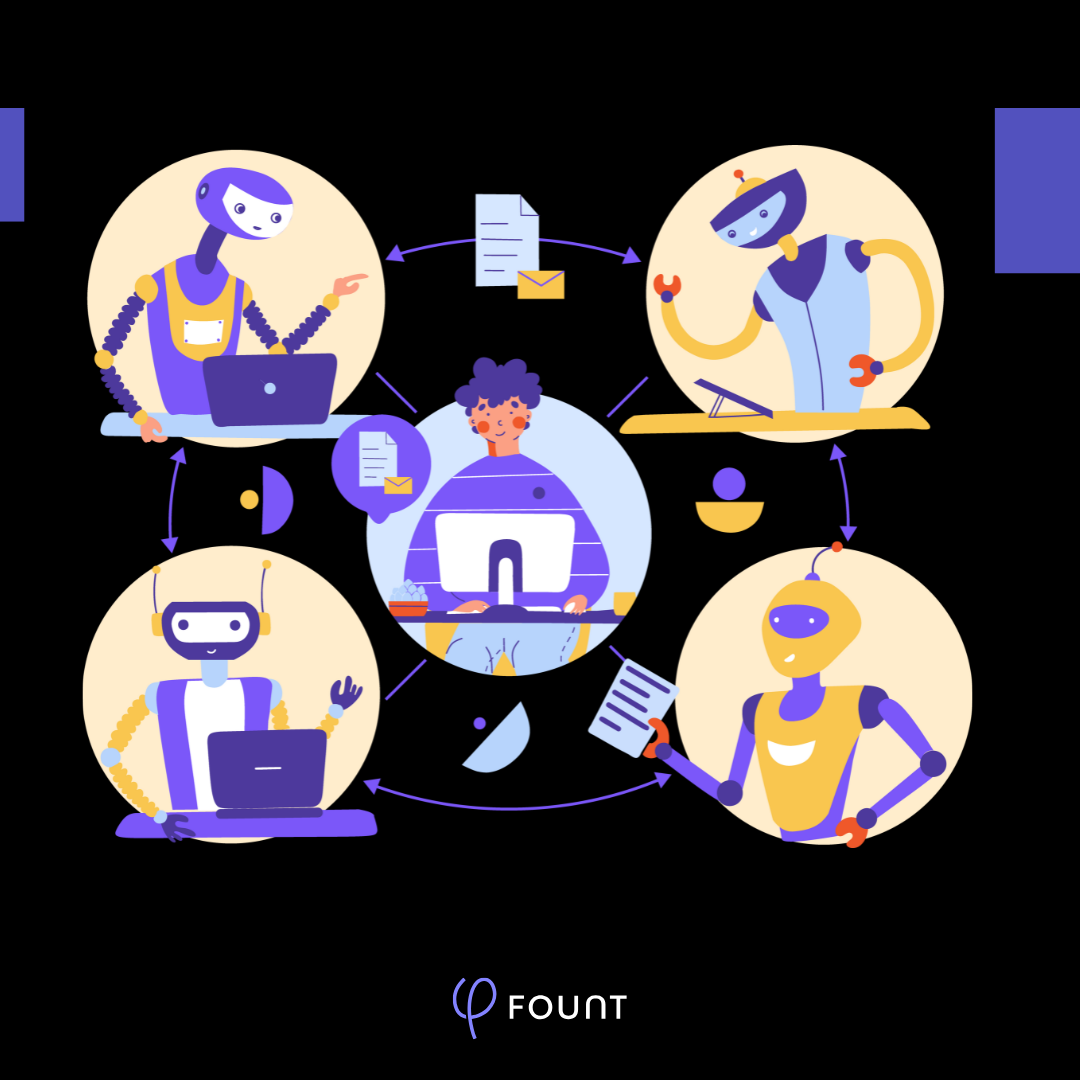
Insights
How to Keep Up with the Latest AI Developments
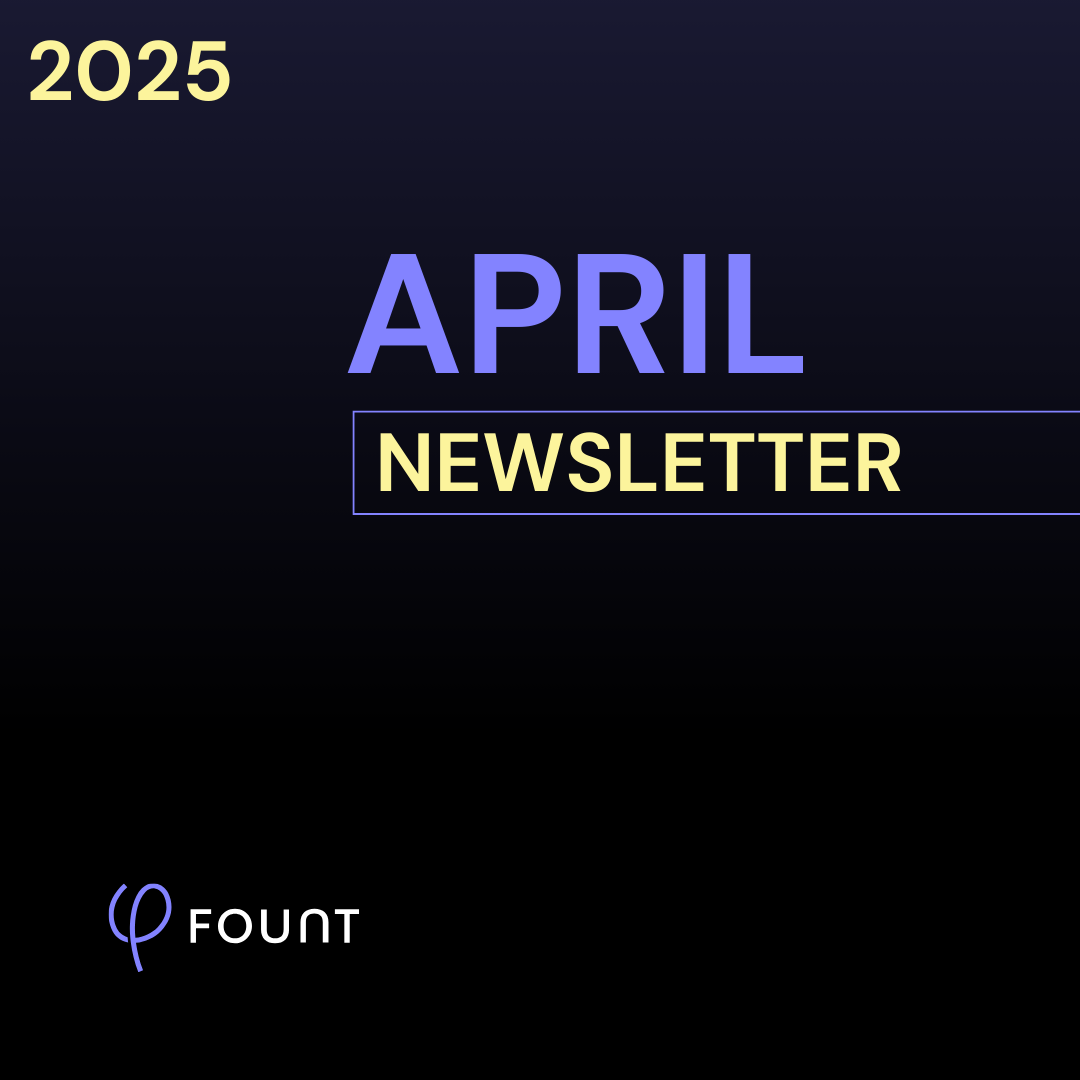
Insights
APRIL Newsletter. Friction: You Can’t Improve What You Can’t See

Guest Post
AI is Reshaping the HR Operating Model: Here’s What 15 Leading Companies Discovered
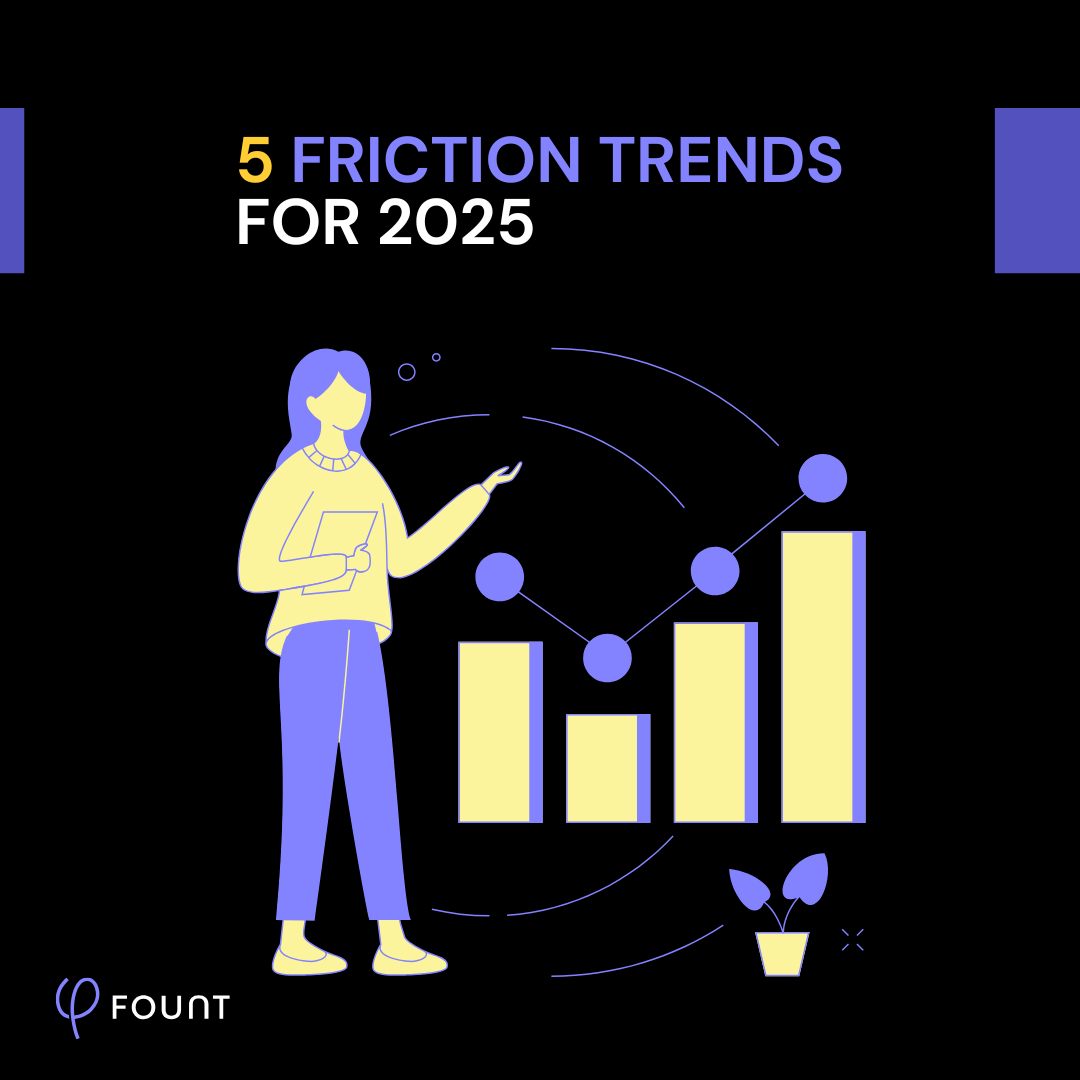
Insights
5 Friction Trends for 2025
Research
WHITEPAPER: Work Friction

Insights
FOUNT vs. Process Mining vs. Employee Engagement
